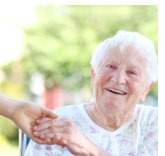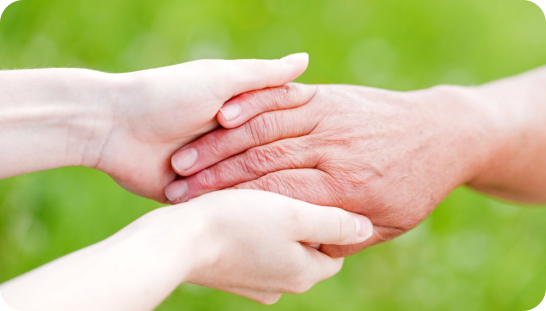Osteoporosis Prevention 101: All You Need to Know to Keep Your Bones Healthy
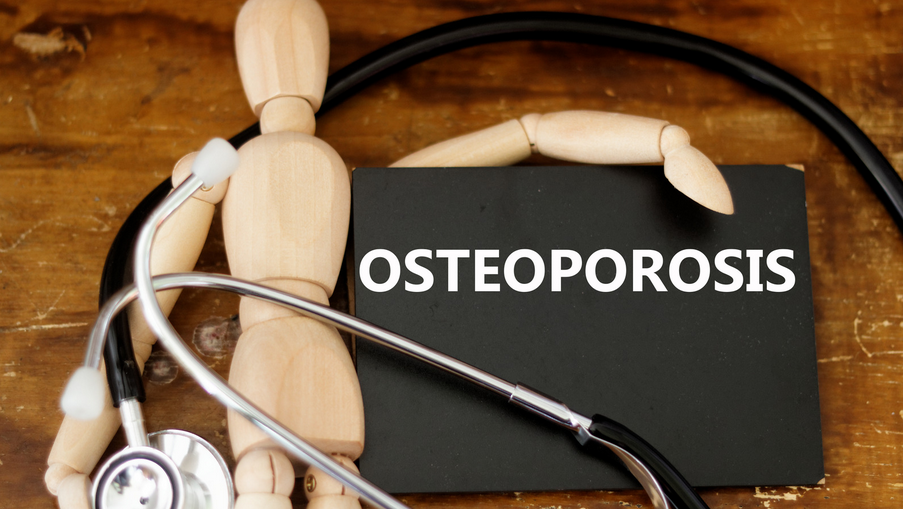
Osteoporosis is an underdiagnosed and under-treated condition that affects men and women of all ages. It causes bones to become brittle and weak, leaving individuals more prone to fractures and other serious injuries that can lead to disability. The good news is that there are a number of strategies that people can take to prevent and manage Osteoporosis.
This blog post will serve as a guide to osteoporosis prevention. It will cover topics such as risk factors, lifestyle habits, diet, and physical activity that can help prevent Osteoporosis. Additionally, it will provide tips and resources to help those at risk of developing the condition manage it more effectively. This guide is intended to give useful information to help people make sound decisions about their overall health and well-being.
Understanding Osteoporosis
Osteoporosis is a condition that reduces the density of the bones and increases their susceptibility to fracture. It can develop in men and women at any age but is more common in seniors. Women are more likely to develop Osteoporosis than most men because the hormone changes that happen during menopause directly affect bone density. However, once Osteoporosis develops, it may cause rapid bone loss in either gender.
Symptoms of Osteoporosis
The loss of bone density that occurs as a result of Osteoporosis leads to decreased bone strength and increases an individual’s susceptibility to breaks, fractures, and other injuries. Many people who have Osteoporosis do not know it because there are often no obvious symptoms in the early stages. It is vital to consult with a doctor if you think you or someone you are close to may be at risk.
The most common warning signs of Osteoporosis include:
- Back pain or back issues: Back pain typically develops when there is a loss of bone density that causes an individual’s backbones to become weak, causing them to be more likely to break. Back problems are often the first sign of Osteoporosis.
- Joint problems: Osteoporosis can lead to a greater risk of developing joint pain, arthritis, and even arthritis flares.
- Fractures: Because bone density is at a lower level, it is more likely for an individual to break a bone, frequently with little or no pain.
Risk Factors for Osteoporosis

There are several risk factors that can make it easier to develop Osteoporosis and make bone loss more likely. Some of these are Family history, Gender, Medication use, and an inactive lifestyle.
Factors Beyond Your Control:
- Age – The over 50s are the most prone to developing Osteoporosis.
- Gender – Women are at a greater risk of developing Osteoporosis because they tend to lose bone density more than men. Hormonal changes during menopause cause a loss in bone mass.
- Family History – If an individual in your family has had a previous break or fracture, you are more likely to develop Osteoporosis.
- Body frame Size – The smaller your frame size, the greater your chance of developing Osteoporosis.
- Ethnicity – White people and Asian are more likely to develop Osteoporosis than other ethnicities.
Risk Factors You Can Change:
- Inactive Lifestyle – Physical inactivity causes a decrease in bone density and makes it harder to maintain bone health at later stages of life. This can include a sedentary job, lack of activity outside the workplace, and failure to participate in the exercise.
- Sex Hormones – It is possible to develop Osteoporosis if a woman fails to have menstrual periods (amenorrhea) if her estrogen level is low (menopause). Also, low testosterone levels in men can bring on Osteoporosis.
- Diet Low in Calcium and Vitamin D – Calcium and vitamin D are important for maintaining bone density. If you fail to get enough of these, maintaining healthy bones will be more difficult.
- Anorexia Nervosa – This is a very serious problem for young women. It causes them to have extremely low body weight, and this, in turn, results in low bone density as well as many other health issues.
- Medication Use – Some medicines are known to cause a decrease in bone mass, making it less likely for you to maintain healthy bones. These include: glucocorticoids and some anticonvulsants.
- Alcohol Intake – Heavy alcohol intake is associated with bone loss. It can also increase the risk of liver problems and cause depression and other mood issues.
- Cigarette Smoking – Smokers tend to experience a decline in bone density, making it easier for them to develop Osteoporosis. Also, smoking can be harmful to your lungs, heart, and brain.
Prevention of Osteoporosis
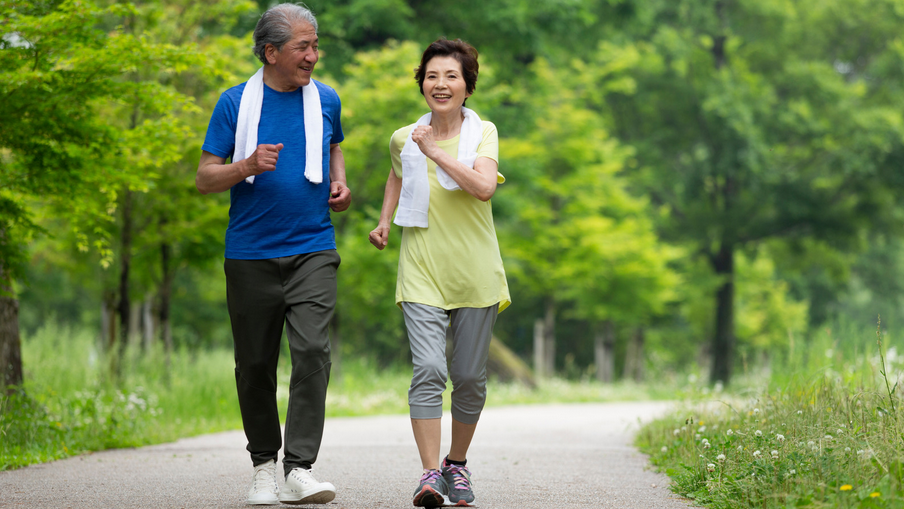
There are various strategies you can use to minimize your risk of developing osteoporosis and avoid future fractures. Some of these include:
1. Weight-bearing Exercise
In order to lower the risk of fracture, it is important to get the regular weight-bearing exercise that involves your bones. This includes things such as walking, running, or playing tennis. A rigorous daily exercise program, with some weight training, can be immensely beneficial for helping you avoid fractures and prevent progressive bone loss.
2. Calcium
An important nutrient for maintaining bone health is calcium. Women and men between the ages of eighteen and fifty require 1,000 mg of calcium per day. This daily amount increases to 1,200 mg when men turn 70 and women turn 50. You can get enough calcium by eating a variety of dairy products like milk, yogurt, and cheese.
When getting enough calcium is not possible, it is important to take calcium supplements. However, you must talk to your doctor before taking calcium supplements because too much intake of calcium can increase the risk of developing heart disease and kidney stones.
3. Vitamin D
Vitamin D is another nutrient that can help you maintain bone health. This nutrient is responsible for helping your body absorb calcium, and a deficiency in this vitamin can cause you to become more susceptible to developing Osteoporosis. Vitamin D is found in oily fish such as salmon, tuna, mackerel, and eggs, meat, liver, and fortified cereals.
A person needs at least 600 international units (IU) of vitamin D every day. After age 70, the recommended daily dose increases to 800 IU.
Individuals without other sources of vitamin D, especially those with limited sun exposure, may need a supplement. Most multivitamin products contain between six hundred and eight hundred International Units (IU) of vitamin D. It is generally considered safe for individuals to consume up to 4,000 IU of vitamin D daily.
4. Avoid Smoking and Excessive Alcohol Consumption
Smoking is harmful to bone health and weakens bones, while excessive alcohol intake can interfere with the body’s ability to absorb nutrients like calcium and other nutrients essential for bone health. Encourage seniors to avoid or quit smoking and limit alcohol to 2 drinks per day for men and 1 drink per day for women.
5. Maintain a Healthy Weight
Being overweight can put additional stress on bones while being underweight can cause bone loss. Maintaining a healthy weight through a balanced diet and physical activity can help reduce the risk of Osteoporosis.
Caring for Your Elderly Loved One with Osteoporosis
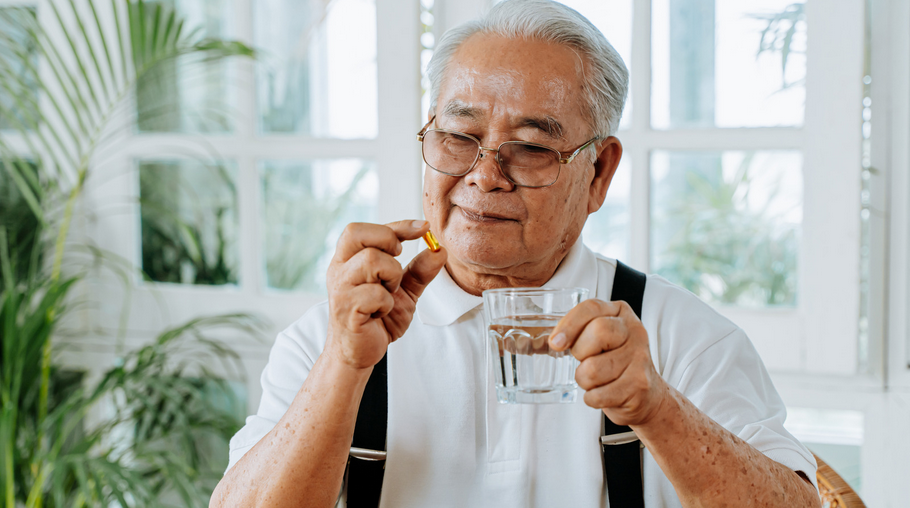
Caring for the elderly or patients with Osteoporosis can be challenging, but it is also an opportunity to show your love and support. By taking steps to support your loved one’s physical and emotional health, you can help them manage the symptoms of severe Osteoporosis and maintain their quality of life.
1. Choose the Best Treatment for Osteoporosis
There’s no cure for Osteoporosis, but it can be treated. Your doctor can advise on strategies to manage the symptoms, as well as recommend exercises that a senior can do to strengthen the bones and reduce osteoporotic fractures. The following treatments are commonly used:
- Bisphosphonate – These are medications that slow down or prevent bone loss by limiting bone turnover. They are commonly used to treat people who already have Osteoporosis or low bone density. Common names include Fosamax, Atelvia, and Actonel.
- Other known osteoporosis medication is (Prolia, Xgeva) or denosumab. This might be used in people or seniors who can’t take a bisphosphonate, like people with reduced kidney function.
- Exercise – Regular exercises, such as walking, swimming, or gardening, can make a physical difference to your bones. The healthy muscles involved in these activities help to keep bones strong as well as make it easier to walk and move around.
2. Adequate Dietary Intake
Your loved one should eat a healthy, well-balanced diet rich in nutrients. This can include:
- Milk, cheese, and yogurt – These are all good sources of calcium and vitamin D.
- Green leafy vegetables – These are full of nutrients known to help strengthen bones, such as calcium and vitamin K.
- Meat and fish – Some types of fish are excellent sources of omega-3 fatty acids.
- Whole grains – These contain phosphorus, which is essential for good bone health.
3. Monitor Medications
Ensure that your loved one takes any medications as prescribed and follows up regularly with their doctor to monitor their condition and adjust the treatment plan if necessary.
4. Fall Prevention
Remove tripping hazards and make sure that your loved one’s home is equipped with grab bars and non-slip surfaces to reduce the risk of falls.
5. Encourage Healthy Habits
Remind your loved one to quit smoking, limit alcohol intake, and maintain a healthy diet and weight, which are essential in managing Osteoporosis and preserving bone health.
6. Provide Emotional Support

Offer your love, encouragement, and support to your elderly loved one as they cope with the challenges of Osteoporosis, and connect them with support groups or counseling services if needed. Companion care services can also be an option for seniors who need additional assistance and monitoring. Serenity Senior care offers a wide range of services for seniors with Osteoporosis, including hourly and live-in care. Our caregivers can help your loved one manage their condition by assisting with daily tasks, monitoring medications, and offering emotional support. We offer 24/7 service in most areas for our client’s convenience.
Final Thoughts
Maximizing bone health is essential to prevent Osteoporosis. Eating a balanced diet, exercising regularly, and getting enough calcium and vitamin D are all important strategies to help maintain strong bones. Additionally, avoiding smoking, drinking in moderation, and taking medications as prescribed can help further protect against the risk of osteoporosis. Taking these steps can help to keep bones healthy and strong for years to come.
In addition, providing emotional support to an elderly loved one who has Osteoporosis can be a positive way to help them cope with the condition and preserve their physical and emotional well-being. Having a companion when you are not available due to work or travel may be beneficial in helping your loved one continue to lead a more active lifestyle and remain independent. Serenity Senior Care offers a variety of services to help seniors maintain independence, including companion support, meal preparation and laundry, medication reminders, and errands. You may contact us for more details.

